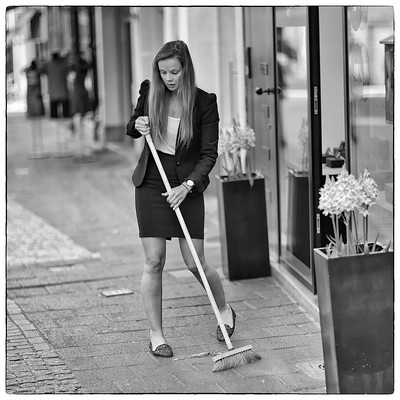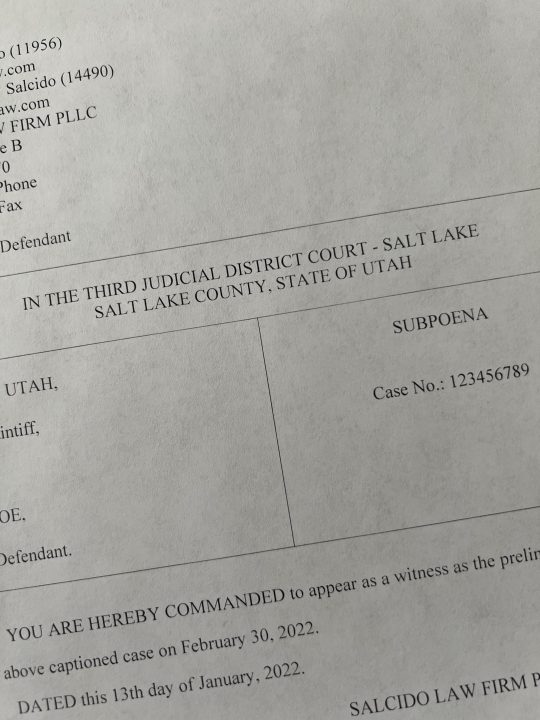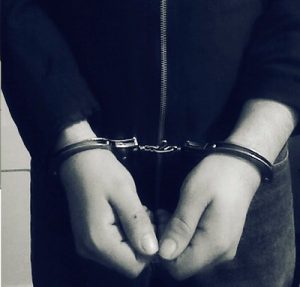Here’s an interesting situation we ran into recently. A driver was driving down the freeway at or under the speed limit. He kept his hands at ten and two and was looking straight ahead. A highway patrol officer thought that this was suspicious (yeah that’s right – following all driving laws is now suspicious to law enforcement), so he started following him. The driver was doing nothing wrong, but the trooper really wanted to find an excuse to pull him over because the driver’s car had a California license plate. The only thing he could think of was to pull him over because the window tint on his back window covered the third break light located in the rear window. Is that illegal? Here’s how he gets there.
- Utah Code 41-6a-1601 provides that the Utah Department of Public Safety will “make rules setting minimum standards covering the design, construction, condition, and operation of vehicle equipment for safely operating a motor vehicle on the highway”;
- Utah Administrative Code R714-160-13 requires a vehicle inspection station to reject the safety inspection of a vehicle that has aftermarket window tint on the rear window covering the center high mounted brake light.
This analysis, however, fails, for several reasons. First, R714-160-13 governs the safety inspection station, not the general public. Second, Utah Code 41-6a-1635 allows a vehicle to have a nontransparent material cover the back windshield so if tint cannot cover the back window brake light that would create an absurd result. Third, Utah Code 41-6a-1601 requires the Utah Department of Public Safety to make rules that “conform as nearly as practical to Federal Motor Vehicle Safety Standards and Regulations” and “a federal motor vehicle safety standard supersedes any conflicting provision of Utah’s safety standards” and the FMVSSR has no prohibition against having tint cover the high mounted center brake light on the back window. Thus, Utah’s rule conflicts with the federal rules in this respect.
We’re fighting this stop and arguing that it was improper. Just like we did in this case, we look at every angle of a case to determine if our client’s constitutional rights were violated. Contact us at 801.618.1334 for a free consultation and we’d be happy to analyze the facts of your case to see if you have the potential to suppress illegally seized evidence.




